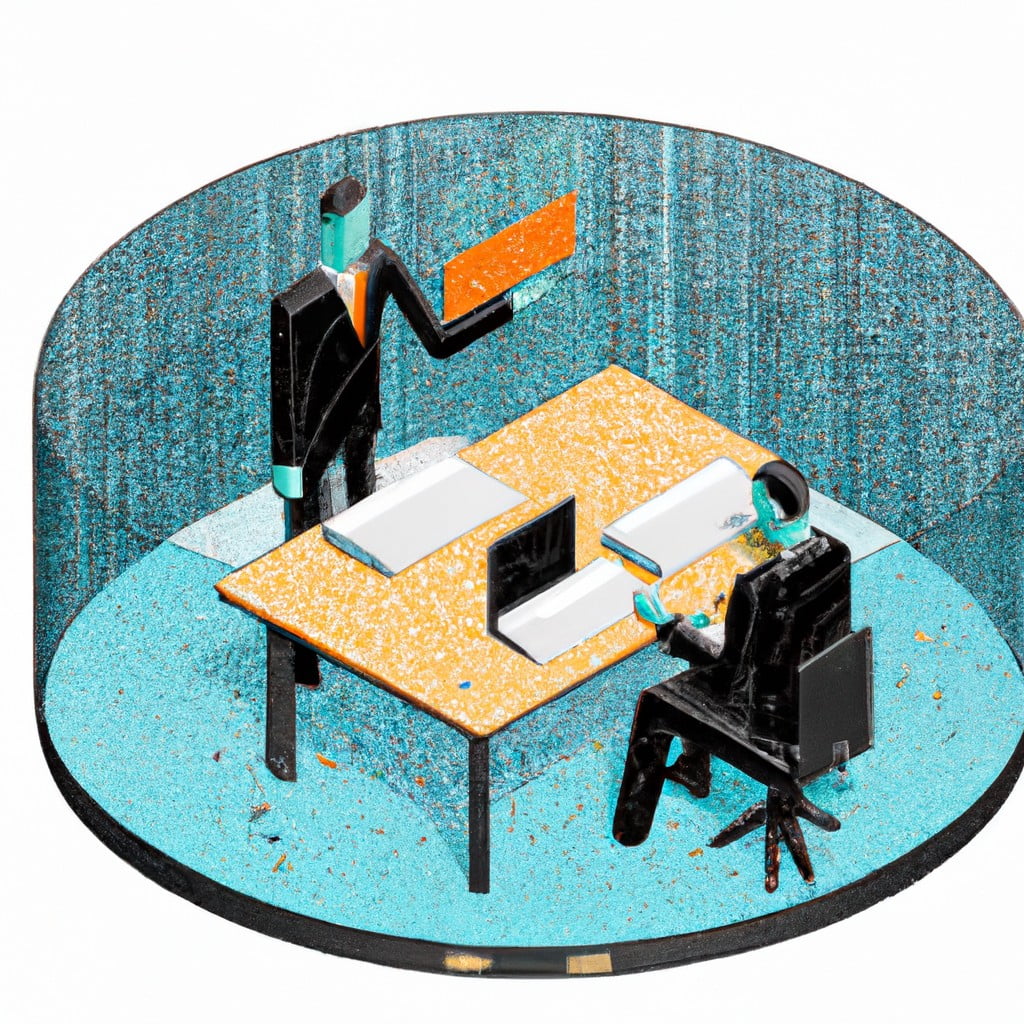Learn practical strategies to enhance your productivity and make the most of your time with efficient and actionable tips.
Key takeaways:
- Focus on the Most Important Tasks (MITs) First
- Cultivate Deep Work
- Use the Eisenhower Matrix to Identify Long-term Priorities
- Take Breaks to Recharge
- Learn from Successes as well as Mistakes
Focus On the Most Important Tasks (MITs) First

Identifying and tackling your Most Important Tasks each day can lead to significant productivity gains. Here’s how you can apply this strategy effectively:
- Each evening, select a maximum of three tasks that will make the biggest impact on your goals.
- Begin your workday by concentrating on these tasks before anything else.
- Resist the urge to check emails or social media until you’ve made progress on your MITs.
- If you’re struggling to prioritize, ask yourself, “If I could only accomplish one thing today, what would it be?” This clarifies your focus.
- Avoid multitasking when working on your MITs to ensure quality and efficiency.
Cultivate Deep Work
Achieving a state of deep work involves immersion in tasks that require intense focus and cognitive engagement.
To facilitate this, eliminate distractions by turning off notifications and creating a dedicated workspace.
Establish rituals to enter this state, such as a short meditation or organizing your work area before starting.
Break your work into uninterrupted blocks, allocating 90-120 minutes to operate at peak mental capacity.
Finally, set clear goals for each session to ensure that your deep work aligns with your overall objectives.
Use the Eisenhower Matrix to Identify Long-term Priorities
The Eisenhower Matrix, a time management tool, divides tasks into four quadrants based on urgency and importance:
1. Urgent and important: These tasks require immediate attention and are critical for your success. Address them right away.
2. Important but not urgent: These are where your long-term priorities lie. Schedule time to focus on these tasks, as they contribute significantly to your goals.
3. Urgent but not important: Delegate these tasks if possible. They demand attention but may not directly align with your long-term objectives.
4. Neither urgent nor important: Minimize or eliminate these activities. They tend to be distractions and have little to no value in achieving your goals.
By categorizing tasks this way, you can focus on what truly moves you closer to your aspirations, ensuring your energy is invested in the right places.
Take Breaks to Recharge
Engaging in regular, short breaks during work periods can significantly enhance productivity and mental acuity. The Pomodoro Technique, for instance, suggests working for 25 minutes followed by a 5-minute break to help maintain consistent focus and prevent burnout. Longer breaks are equally crucial; stepping away for lunch or even a brief walk outside can disconnect you from work-related stress, allowing your mind to reset.
Incorporating activities that differ from your work tasks during these intervals is also key. Engage in light physical exercise, practice mindfulness or simply enjoy a quiet moment. These activities can increase blood flow, stimulate creativity, and reduce anxiety. It’s equally important to ensure that these breaks are screen-free when possible, to help reduce eye strain and cognitive overload from constant connectivity.
Remember to establish a routine that includes breaks at regular intervals to sustain peak productivity throughout the day. Such planned pauses can prevent decision fatigue and reinforce your stamina for demanding tasks.
Learn From Successes As Well As Mistakes
Embrace a growth mindset by viewing each outcome as a learning opportunity. When you succeed, dissect the process to pinpoint what contributed to your success. Was it the timing, the strategy, or perhaps the collaboration with others? Document these key factors for future reference.
Similarly, analyze your setbacks without indulging in self-criticism. Identify where things went off track. Was it a lack of resources, a misjudgment, or an external factor? By doing so, you can develop strategies to prevent similar mistakes.
Regularly review your progress, making adjustments based on your reflections. This ensures continuous improvement and helps you refine your approach, staying adaptable and responsive to change.
Lastly, share your learnings with peers or mentors. This not only reinforces your lessons but also fosters a collaborative environment where collective wisdom propels everyone forward.